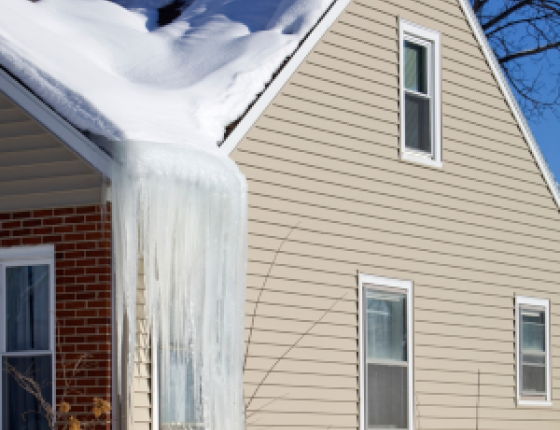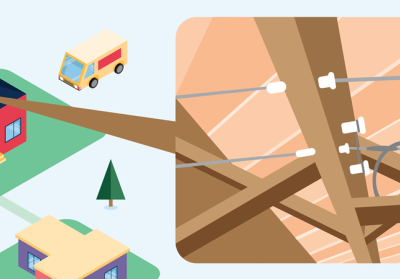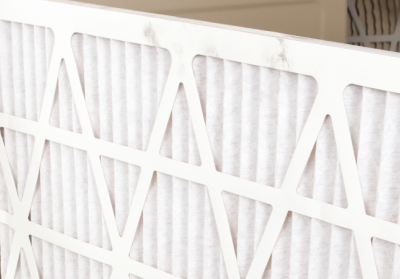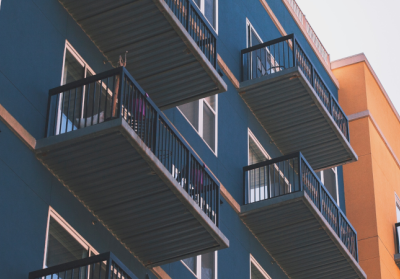How to Improve and Fix Ice Dams
When winters are especially snowy in cold climates such as the Midwest, many homes develop destructive ice dams.
Learn how to fix ice dams and to make Minnesota winters more enjoyable!
Winter can be a wonderful time of year! Unfortunately, when winters are especially snowy in cold climates such as the Midwest, many homes develop destructive ice dams. Ice dams damage your roof and can cause water to leak into your home, which damages walls and ceilings.
The solution
To many people’s surprise, ice dams indicate a problem inside the house instead of just on the roof. Thoroughly insulating and air sealing between your house and attic will not only help prevent future ice dams and roof damage, but also reduce your energy bills!
How ice dams form
The Minnesota Department of Commerce’s Division of Energy Resources explains how several factors contribute to the formation of ice dams:
“Ice dams are actually caused by the presence of warm, moist air in the attic, combined with snow on the roof and the right weather conditions. Ice dams occur when heat gets into the attic and melts the underside of the snow on the roof. The melted snow then flows down the roof surface until it reaches a cold spot (such as the eaves or soffit) where it forms a frozen dam, behind which more snowmelt and ice pile up. The ice buildup can back up under the shingles, damaging them and allowing water to leak to the ceilings and walls below.”
Sometimes, if there is enough snow, it can act as an insulator and start melting itself and forming ice dams, no matter how well-insulated your attic is. Fortunately, these extremely snowy conditions are unusual.
Fixing your ice dams
To prevent ice dams and related damage to your home, air sealing and insulating your attic is the best solution. Depending on how much work needs to be done, attic insulation and air sealing project costs can vary, but generally land between $1,000 and $4,500. Most of the quotes that our energy advisors review are in the middle of this range.
This is money well spent — it will help prevent future ice dams, stop leaks, make your home more durable and comfortable, in addition to reducing heating and cooling costs.
Check with your utility to see if there are rebates available for this type of energy efficiency project.
If you are not ready to work with a contractor, a home audit through your utility can help you determine if you need better insulation or air sealing. CenterPoint Energy or Xcel Energy customers in Minnesota should consider starting with the Home Energy Squad program.
If your home is prone to ice dams and you aren’t ready to insulate and air seal your attic, you can rake snow off your roof in order to decrease the chances of an ice dam forming. However, raking snow is not a long term solution. It can damage your shingles, and it needs to be done repeatedly and completely for best results. If you choose to rake your roof, please do so carefully.
What not to do
- Do not get up on the roof and try to break apart an ice dam — keep your safety in mind! It is not worth the risk.
- Do not use heating cables to eliminate or prevent ice dams. They are hard on your roof and will shorten its life span. Plus, they are expensive to operate.
Half story homes are tricky
Story-and-a-half homes are prone to ice dams due to their design. The interior ceiling is so close to the roof that it often isn’t possible to add enough insulation to prevent heat from escaping. Insulating where possible and air sealing will help significantly, but may not guarantee an ice dam-free home.
Outside Resources

Questions about your home energy? Let's talk!



